Units for Measuring Length
Units for measuring length are discussed here.
We have different units of measurements to measure lengths. The bigger unit of measuring length is kilometer. Smaller measurement units are decimeter, centimeter and millimeter.
We know that the standard unit of length is ‘Meter’ which is written in short as ‘m’.
A meter length is divided into 100 equal parts.
Each part is named centimeter and written in short as ‘cm’.
Thus, 1 m = 100 cm and 100 cm = 1 m
The long distances are measured in kilometer. This kilometer equals to 1000 meters. The kilometer is written in short as km.
1 kilometer (km) = 1000 meters (m) and 1000 m = 1 km
The different units of length and their equivalents are given here:
|
1 kilometer (km) |
= 10 Hectometers (hm) = 1000 m = 10 Metres (m) = 10 Millimetres (mm) |
Mostly we use Kilometer (km), Meter (m) and Centimeter (cm) as the units of length.
If you look at the ruler you can find that one centimeter is divided into 10 equal parts which are marked by smaller lines. Each line represents 1 millimeter. So, 10 millimeters is equal to 1 cm. 10 mm = 1 cm.
Millimeter is written in short form as mm. Smaller lengths such as thickness of a tile or card board are measured in millimeters.
If we divide 1 meter into 10 equal parts then each part is called a decimeter. It is written in short form as dm.
10 dm = 1 m
The higher unit to measure the length is kilometer. We know already that 1 kilometer = 1000 meters.
Note: The set of standard units which we use is known as metric system.
To convert kilometer into meters we multiply by 1000 and meters into kilometer we divide by 1000.
The units for measuring length are cm, m and km. Sometimes when we measure the length of any object, it is not exactly up to the cm-mark.
We can observe the length of pencil-ends between 0 and 8 cm. So, the length of the pencil is 8 cm.
Measuring Length from Different Points
If we have a broken ruler and we want to measure the length of an object, keep the object at any starting cm-mark and subtract it from ending cm-mark.
In the figure, you can see that starting cm-mark is 3 and ending cm mark is 8.
Now, subtract this to get the answer 8 cm - 3 cm = 5 cm. So, the length of the eraser is 5 cm.
The basic unit of length is meter (m). The smallest unit is millimeter while the largest is kilometre.
Units of Length:
|
10 millimeters (mm) |
= |
1 centimeter (cm) |
|
10 centimeters (cm) |
= |
1 decimetre (dm) |
|
10 decimeters (dm) |
= |
1 meter (m) |
|
10 meters (m) |
= |
1 decametre (dam) |
|
10 decametres (dare) |
= |
1 hectometre (hm) |
|
10 hectometers (hm) |
= |
1 kilometer (km) |
1 m is taken as the basic unit of measuring length.
|
1 dam |
= |
10 m |
|
1 hm |
= |
100 m |
|
1 km |
= |
1000 m |
|
1 dm |
= |
\(\frac{1}{10}\) m |
|
1 cm |
= |
\(\frac{1}{100}\) m |
|
1 mm |
= |
\(\frac{1}{1000}\) m |
Related Concepts
● To Measure the Length of a Line-segment
● Examples on Unit of Mass or Weight
● Units for The Measurement of Capacity
● Examples on Measurement of Capacity
● Antemeridian (a.m.) or Postmeridian (p.m.)
● Calendar
● Reading and Interpreting a Calendar
From Units for Measuring Length to HOME PAGE
Didn't find what you were looking for? Or want to know more information about Math Only Math. Use this Google Search to find what you need.
Recent Articles
-
Comparison of Numbers | Compare Numbers Rules | Examples of Comparison
May 16, 24 02:09 PM
Rule I: We know that a number with more digits is always greater than the number with less number of digits. Rule II: When the two numbers have the same number of digits, we start comparing the digits… -
Numbers | Notation | Numeration | Numeral | Estimation | Examples
May 12, 24 06:28 PM
Numbers are used for calculating and counting. These counting numbers 1, 2, 3, 4, 5, .......... are called natural numbers. In order to describe the number of elements in a collection with no objects -
Face Value and Place Value|Difference Between Place Value & Face Value
May 12, 24 06:23 PM
What is the difference between face value and place value of digits? Before we proceed to face value and place value let us recall the expanded form of a number. The face value of a digit is the digit… -
Patterns in Numbers | Patterns in Maths |Math Patterns|Series Patterns
May 12, 24 06:09 PM
We see so many patterns around us in our daily life. We know that a pattern is an arrangement of objects, colors, or numbers placed in a certain order. Some patterns neither grow nor reduce but only r… -
Worksheet on Bar Graphs | Bar Graphs or Column Graphs | Graphing Bar
May 12, 24 04:59 PM
In math worksheet on bar graphs students can practice the questions on how to make and read bar graphs or column graphs. Test your knowledge by practicing this graphing worksheet where we will

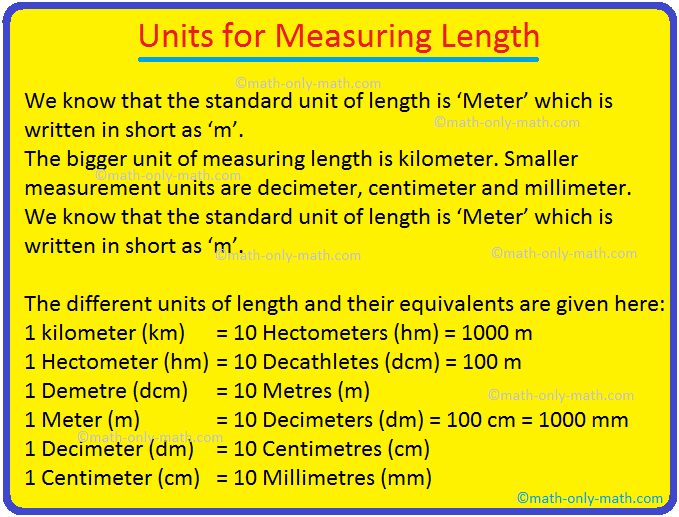

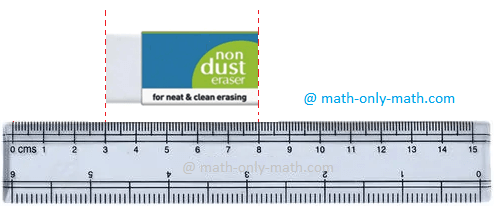







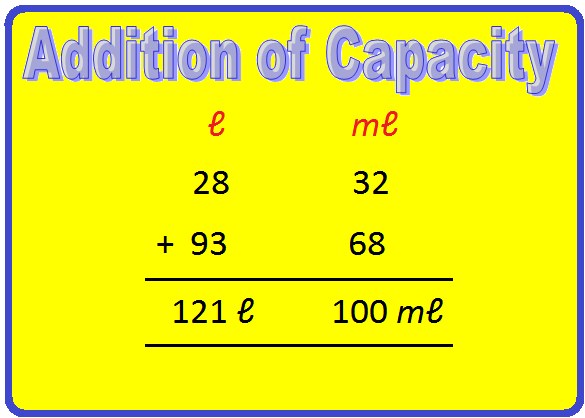

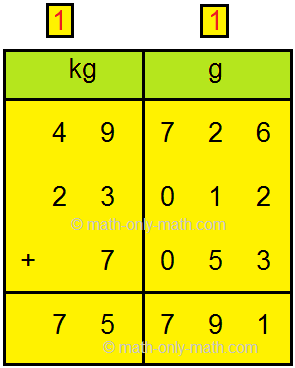
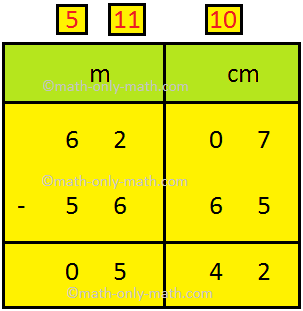
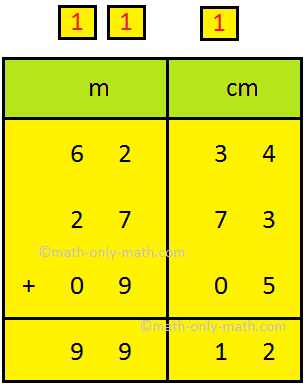
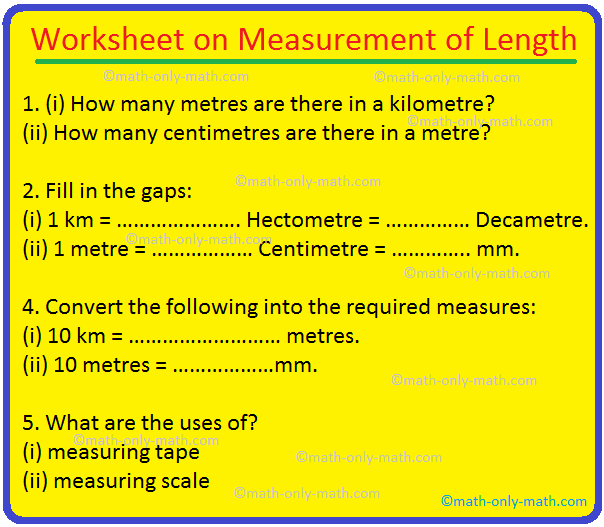



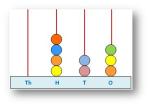
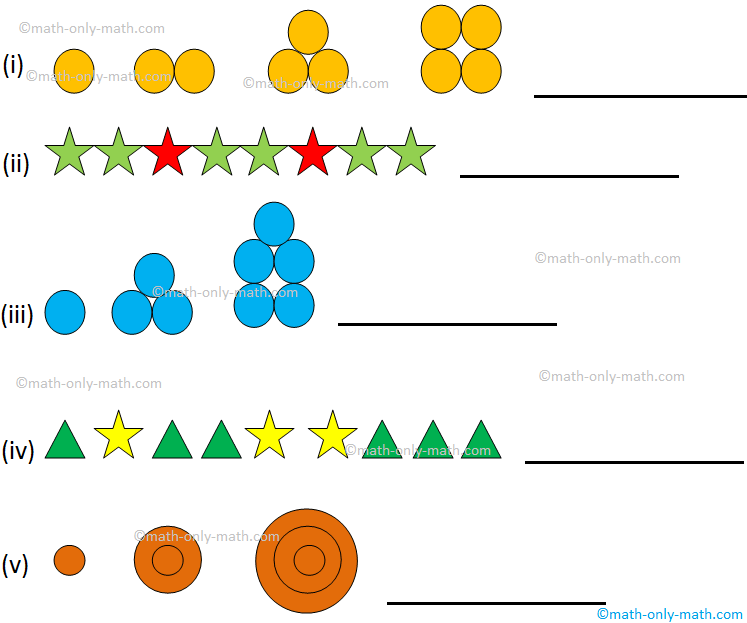
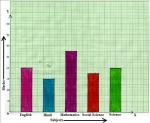
New! Comments
Have your say about what you just read! Leave me a comment in the box below. Ask a Question or Answer a Question.